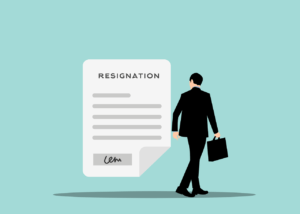There are pros and cons of working for a startup — everyone knows this. But, it’s the actual realities versus the imaginary which cause a lot of undue anxiety and stress. Of course, it’s only natural to feel a bit uneasy about joining a fledgling organization. Even if it’s a great idea and a wonderful team of individuals, there are still up and downsides of working for a startup.
Cons of Working for a Startup
Let’s begin with the downsides first. It’s certainly no secret that salary is a huge concern. Often, what you’re paid is either low or in some circumstances, it’s “sweat equity.” Even if there’s an acceptable salary, there’s the real possibility your job description will contain a whole host of duties. In such an environment, it’s quite common for specialists to become jacks of all trades.
Working for a startup can involve a lot of risk, that’s no secret; according to the Wall Street Journal, three out of every four startups fail. In fact, there are startups funerals in Silicon Valley where CEOs can highlight the demise of their defunct companies and ruminate on any mistakes made. But that doesn’t mean taking a job with a startup – even one that ultimately fails – won’t allow you to gain valuable experience and skills to add to your resume. —Monster.com
Then, there’s the real possibility of working with less. It isn’t unheard of to have little to practically no resources at your disposal. Of course, one of the most common downsides of joining a startup is those long, irregular hours. Finally, there’s the real risk of untimely failure or an inescapable decline toward failure.
Pros of Working for a Startup
Obviously, it’s not all bad news. (If it was, no one would ever even consider working for startups. In fact, startups might not exist.) So, here are the upsides for working for a startup:
- A potential huge ROI. We’ll begin with the ultimate enticement — a gigantic payout. After all, isn’t this why startups get going in the first place? And, there’s certainly no shortage of examples out there to showcase big-time successes.
- Big gain in experience. Okay, let’s suppose you just earn a good salary and don’t hit the entrepreneurial lottery. You’ll gain a whole lot of experience during your journey that’s probably not available anywhere else.
- Making new connections. Another advantage of joining a startup is your ability to make new connections. You’ll meet a host of people in different roles which can really expand your professional network.
- The intangible excitement factor. It’s not just all about money and experience. There’s also the excitement of an unknown journey. It’s all wrapped up in a whirlwind of circumstances and emotions.
What other factors would you say play into joining a startup? Please let others know about your thoughts and experiences by commenting!
Interested in learning more about business? Then just visit Waters Business Consulting Group.




